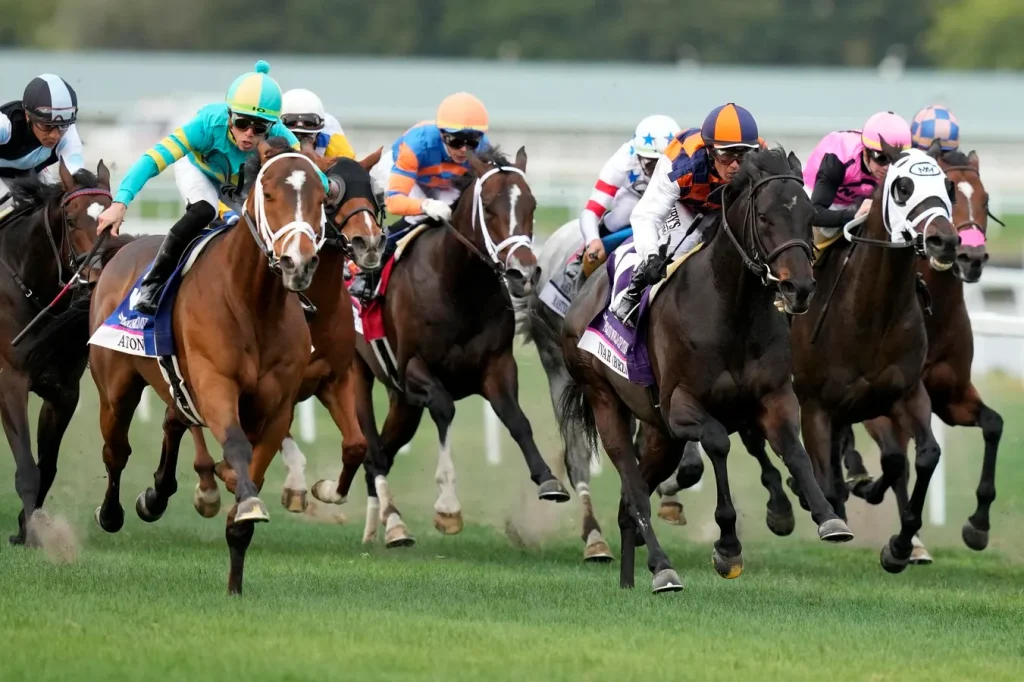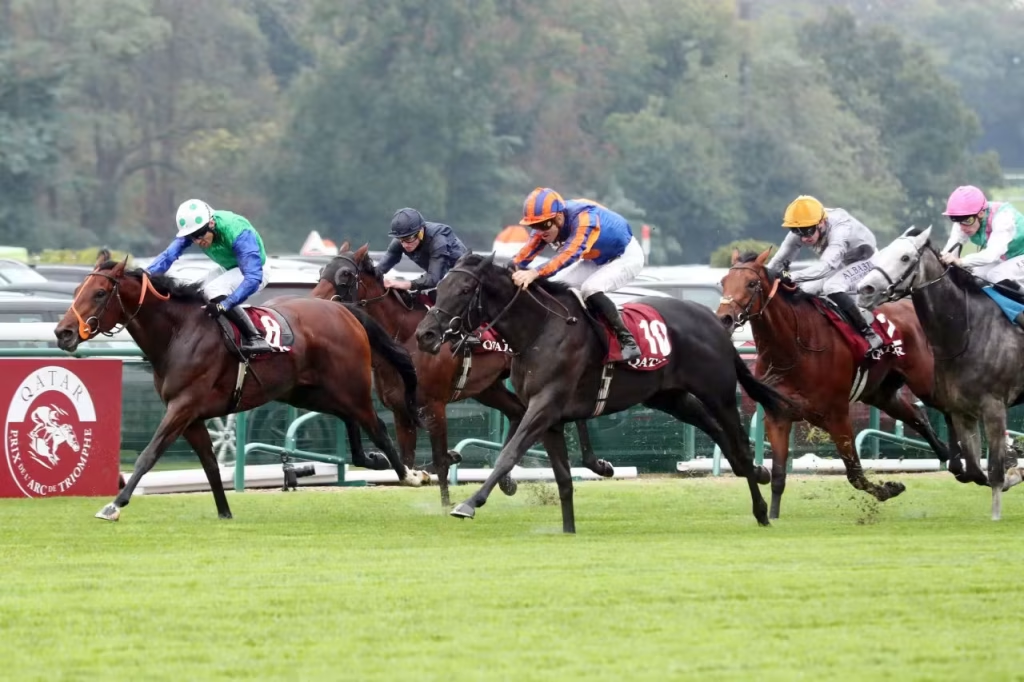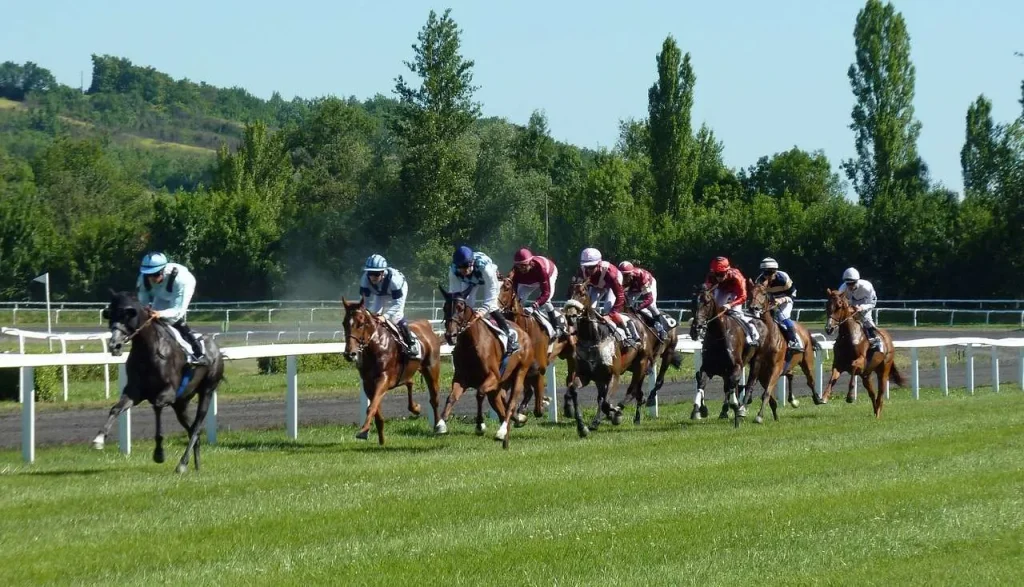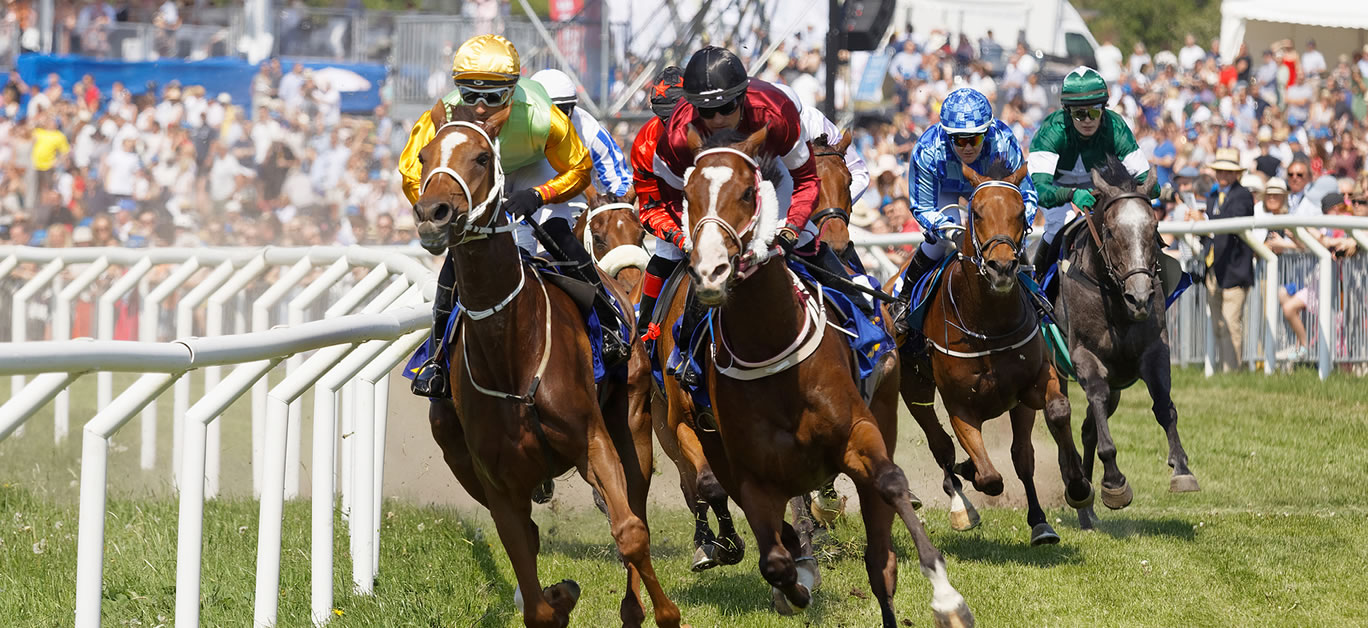Introduction
Horse racing, one of the oldest and most thrilling sports in the world, holds a unique place in the realm of gambling. With its long history, passionate fan base, and vibrant betting culture, it’s no surprise that horse racing has developed its vocabulary—a specialized set of gambling terms that can sound like a different language to newcomers. Whether you’re placing your first wager at the Kentucky Derby or trying your luck at a local track, understanding horse racing gambling terms is crucial. It helps you make informed decisions, communicate effectively with fellow bettors, and most importantly, enjoy the experience to its fullest.
In this blog post, we’ll walk you through the essential horse racing gambling terms, breaking them down in a way that’s easy to understand, even if you’re entirely new to the sport. From basic bet types to more advanced lingo used by seasoned punters, by the time you’re finished reading, you’ll have a solid foundation to join the excitement of the track confidently.
Win, Place, Show: The Foundation Of Betting
The most fundamental terms in horse racing gambling are “Win,” “Place,” and “Show.” These form the building blocks of most betting strategies and are often the first terms a new bettor encounters. A “Win” bet is exactly what it sounds like—you’re betting that your chosen horse will come in first place. If the horse wins the race, so do you.
A “Place” bet is slightly more forgiving. You win the bet if your horse finishes either first or second. Because the odds of winning a Place bet are higher, the payout is typically lower than a Win bet. A “Show” bet is even more lenient; your horse can finish in first, second, or third, and you’ll still receive a payout. However, with increased chances of success comes a reduced reward, so the payout for Show bets is usually the smallest among the three.

Beginners often favor these straightforward bets because they are easy to understand and less risky compared to exotic wagers. They also serve as the foundation for more complex bets, which we’ll delve into shortly.
Exotic Bets: A Test Of Skill And Strategy
Once bettors become comfortable with basic bets, they often graduate to what are known as “exotic” wagers. These bets involve multiple horses and require greater skill and knowledge of the sport. Among the most popular exotic bets are the Exacta, Trifecta, and Superfecta.
An Exacta requires you to pick the first and second-place finishers in the correct order. It’s a challenging bet that offers a more substantial payout than a Win, Place, or Show bet. Trifecta takes it one step further; you must correctly predict the first, second, and third horses in the precise order. This is considerably more challenging, and the payouts reflect the increased difficulty.
The Superfecta pushes the envelope even more, asking you to predict the first four finishers in exact order. While the risk is high, the potential reward is massive, often turning small wagers into sizable returns. Some bettors spend hours researching form guides and past performance data before placing these types of bets. For others, it’s a test of intuition and luck.
Boxing And Wheeling: Flexible Betting Techniques
Terms like “Boxing” and “Wheeling” come into play when you want to increase your odds of winning an exotic bet. These techniques give bettors more flexibility but also require a higher stake.
When you “box” a bet, you’re covering all possible combinations of the horses you’ve selected to finish in any order. For instance, in a Trifecta box with three horses, you’re betting on all the different permutations of those horses finishing first, second, and third. The more horses you include in your box, the more combinations you’re covering—and the more expensive the bet becomes.
Wheeling, on the other hand, allows you to lock in one or more positions while varying others. A “key wheel” is a common strategy where you choose a horse you believe will finish in a specific position (usually first) and pair it with multiple other horses to finish in the remaining positions. This method is often used when you’re confident about a particular horse but unsure about the rest of the field.
Odds And Payouts: Decoding The Numbers
Understanding odds is crucial for horse racing gamblers. Odds represent the probability of a horse winning and also determine your potential payout. They’re typically displayed in fractional format in the U.K. and decimal or moneyline format in the U.S.
For example, if a horse is listed at 5/1 odds, it means that for every $1 you bet, you’ll win $5 if the horse wins (plus your original stake back). Shorter odds like 2/1 or even money (1/1) indicate a favorite, while longer odds like 10/1 or 20/1 point to a longshot.
It’s also essential to understand the concept of the “morning line.” These are the odds set by the track’s handicapper before the betting begins and serve as a guideline. As money comes in on different horses, the odds shift accordingly. This is known as pari-mutuel betting, a system where all bets are pooled and payoff odds are calculated by sharing the pool among all winning bets.

Handicapping: The Art Of Analysis
“Handicapping” is a term that refers to the process of analyzing races to predict outcomes. Bettors who handicap races use a wide array of data, including past performance, speed figures, jockey statistics, track conditions, and more. The goal is to find value bets—horses that have a better chance of winning than their odds suggest.
Handicapping is both an art and a science. Some bettors focus on quantitative data, using complex algorithms and software. Others rely on their instincts and deep knowledge of the sport. Many use a combination of both. A solid understanding of handicapping principles can give you a significant edge in horse racing gambling.
Pools, Tote Boards, And The Mutual System
If you’ve ever looked up at the big screen at a racetrack and seen a flurry of changing numbers, you were looking at the tote board. This display shows real-time betting information, including the odds, total amount wagered, and payouts for different bet types.
Horse racing operates on a pari-mutuel betting system, also known as the mutual system. Unlike casino games where you bet against the house, in pari-mutuel betting, you’re wagering against other bettors. All bets of a particular type go into a pool, the track takes a cut (known as the “takeout”), and the remaining money is distributed among those who placed winning bets. This is why odds can fluctuate up until post time; as more money is wagered, the odds are recalculated to reflect the new distribution of the betting pool.
Scratches, Post Positions, And Dead Heats
There are several situational terms that frequently appear in horse racing. A “scratch” refers to a horse being removed from a race. This can occur for several reasons, including illness, injury, or poor track conditions. When a horse is scratched, specific bets may be refunded or adjusted depending on the type of wager.
“Post position” is the numbered stall from which a horse starts the race. The position can impact a horse’s chances depending on the track and race distance. For example, in short races, being on the inside rail (a low post number) can offer a significant advantage.
A “dead heat” occurs when two or more horses cross the finish line at the same time, and even photo finish technology can’t determine a clear winner. In such cases, the winnings are split among the bettors who backed the tied horses, and payouts are adjusted accordingly.
The Role Of The Jockey And Trainer In Betting
While the horse is the prominent athlete, the jockey and trainer also play crucial roles and often factor into betting decisions. Experienced bettors pay close attention to jockey-trainer combinations. A top jockey paired with a high-performing trainer can be a strong indicator of a horse’s chances.
Certain jockeys are known for excelling under specific conditions, such as on muddy tracks or with particular horses. Trainers may have reputations for preparing horses exceptionally well for exact distances or types of races. Savvy gamblers factor these elements into their handicapping, looking for patterns and past successes.
Live Betting, Online Wagering, And Simulcasts
With the advancement of technology, horse racing betting has evolved far beyond the confines of the racetrack. Many people now place bets online through licensed sportsbooks or dedicated horse racing platforms. These offer features such as live betting, allowing you to set or change bets as the race progresses.
Simulcasting has also revolutionized the sport, allowing bettors to watch and wager on races from across the country or even internationally, all from a single location. This has opened the door to new betting opportunities and broader access to the sport. However, it also means keeping up with different sets of terms, odds formats, and regulations depending on where the race is held.
Betting Slang And Track Talk
Like any culture with a rich history, horse racing has developed its slang. Terms like “chalk” refer to the favorite in a race. A “longshot” is a horse with high odds and a low expected chance of winning. “Across the board” means placing a Win, Place, and Show bet on a single horse. “Beaten favorite” refers to a horse that was the favorite but didn’t win. And if someone talks about “hitting the board,” they’re referring to a horse finishing in the top three.
Knowing these terms not only helps you communicate more effectively with fellow fans but also immerses you more deeply in the unique atmosphere of the track.

Conclusion
Diving into the world of horse racing betting is both exciting and challenging. While the sport has an undeniable charm and energy, its gambling terminology can be intimidating to those unfamiliar with it. However, with a bit of time and effort, these once-confusing terms become second nature, transforming a passive observer into an active participant in one of the most storied betting traditions.
Whether you’re learning the ropes with simple Win, Place, and Show bets or mastering complex wagers like Trifectas and Superfectas, understanding horse racing gambling terms is your first step toward becoming a confident bettor. Add in knowledge of odds, strategies like boxing and wheeling, and insights into handicapping, and you’ll find yourself reading the Racing Form with the same ease as a seasoned punter.
Ultimately, understanding the language of horse racing enriches your experience, allowing you to appreciate the nuances of each race and fully feel the thrill of the sport. So next time you head to the track or tune in from home, you’ll be ready not just to watch the race, but bet smart and enjoy the ride.

